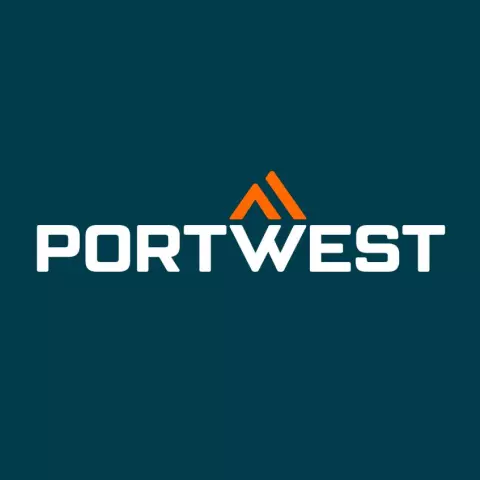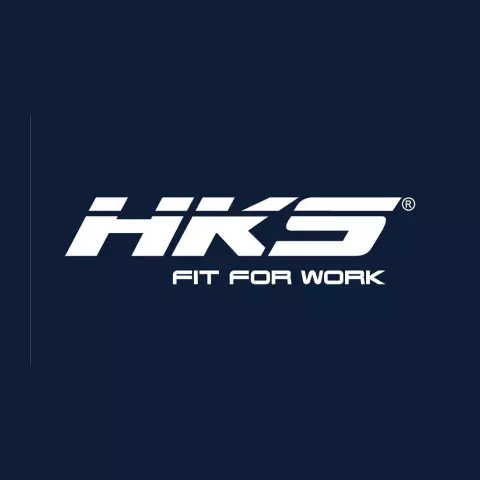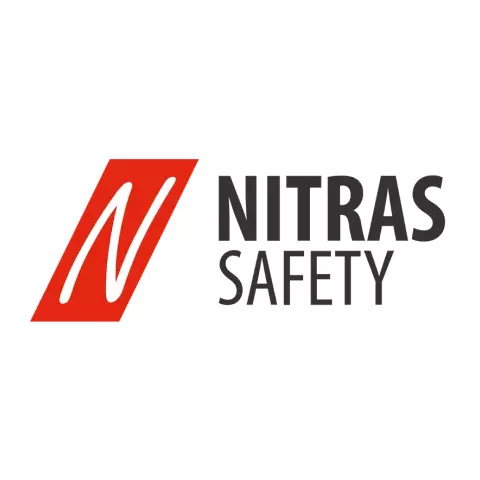
CBAM and Procurement: Strategies for Meeting EU Sustainability Regulations
Introduction The EU’s Carbon Border Adjustment Mechanism (CBAM) would impose rigorous new responsibilities on businesses, especially those with high carbon...

Get 20€ off on your first order!































Organisations looking to enhance their procurement processes may find great use for change management frameworks like Prosci’s ADKAR Model or Kotter’s 8-Step Process. These methodical approaches steer the procurement change management procedure, fostering growth and performance in the business. What was the result? improved compliance, stronger relationships with suppliers, and higher productivity. By using these proven strategies, businesses may handle changes more smoothly and achieve their procurement objectives more successfully.
Key Takeaways:
The change management process includes assisting companies in identifying their desired
outcomes, assessing how they are currently doing in relation to those objectives, making astute and intelligent adjustments, tracking their progress, identifying areas for improvement, and celebrating their accomplishments. If a company wants to make changes to its internal processes that don’t interrupt linked or ongoing operations, then it needs to implement change management strategies that include planning, coordinating, communicating, and tracking. Any transformation project or effort with a wide scope must have effective change management.
Procurement plays a crucial role in internal operations and supplier relations, making effective change management imperative. A comprehensive analysis of the particular requirements and processes of an organisation is necessary before creating a successful change management strategy. As a result of this comprehensive investigation, they are capable of identifying potential obstacles and devising strategies to mitigate their impact on profitability and business operations. Companies may ensure a more seamless transition and maintain strong relationships with their suppliers by implementing these measures.
Organisations should aggressively seek feedback from internal stakeholders in addition to gathering quantitative data to acquire a qualitative understanding of customers’ viewpoints regarding changes and how they affect the overall customer experience. Organisations should invest in an efficient change management strategy that incorporates stakeholder feedback within the procurement function to ensure they are building procedures that positively contribute to their bottom line growth.
Significant change or transformation requires strong change management since it affects personnel and changes the way an organisation operates, performs operations, or employs technology.
The main reasons for change management include inefficient procurement processes, which cause higher costs and time waste because existing systems are not visible. Further, systems that rely heavily on human labour increase the likelihood of mistakes in contracts and purchase orders, which can harm relationships with customers and cause budget overruns. By utilising cloud technologies to automate these procedures, prices can be reduced and real-time supervision of procurement operations can be improved.
The significance of change management in procurement departments is further underscored by the fact that, when new regulations arise in various industries, organisations must ensure compliance at all times to avoid fines and penalties associated with non-compliance.
Automation platforms may help businesses become more flexible and responsive to changing regulations, which lowers risks and increases confidence. These systems are able to spot non-compliance incidents and promptly alert employees to the necessary corrections or modifications, saving the company the costly burden of non-compliance.
One of the most prevalent causes of change management in procurement is technological advancement. Procurement has evolved in response to the rise of cloud computing, document digitization, and process automation. To achieve this goal, we must alter people’s methods of communication and teamwork, automate formerly manual procedures to save costs and improve accuracy, and expand opportunities to acquire goods and services at lower prices without sacrificing quality.
When switching from manual procedures like spreadsheets or emails to a software tool or SaaS solution, an effective change management plan is necessary for the successful installation and deployment of software. Change management is essential to ensuring little disturbance to continuing business operations, promoting widespread acceptability, and optimising the return on investment in technology.
organizational restructuring and mergers and acquisitions significantly raise the need for change management in procurement since they need shrinking the supply base across several regional networks. Customers’ expectations are altered by divestitures, while new opportunities for low-cost product sourcing are opened up by acquisitions.Since it makes it possible to monitor supply agreement modifications and address compliance issues that arise as a result of these changes, change management is essential for seeing possible synergies during acquisition or restructuring efforts.
Changes in procurement management practices are largely driven by cost demands. In order to stay competitive on a global scale, businesses have realised the importance of using leaner operational models. These models allow them to increase efficiency while decreasing input volumes. To do this, a company’s procurement procedures must have efficient cost control. This may be achieved by businesses by implementing process automation solutions and technologies. By doing so, they can replace manual processes with automated ones, all while meeting regulatory standards and customer expectations. To handle economic concerns without sacrificing quality, it is essential to integrate these new systems smoothly, which in turn requires effective change management.
Procurement change management often faces the challenge of resistance to change. This is the situation where employees are reluctant or fiercely against altering their current procedure. Giving purchasing teams the tools they require to act swiftly and intelligently is the goal, all without adding a heavy administrative load to the deployment process. There are several approaches to gaining employee support for the digital transition, such as continuing stakeholder engagement, educating staff members about the advantages of the shift, and other tactics.
It can be challenging to communicate clearly and effectively while managing changes in procurement. A lack of current knowledge, expensive mistakes, and misunderstandings can occur when individuals within an organization are unable to interact with each other efficiently. A well-structured communication plan is essential for the prompt dissemination of procurement change decisions across the entire company. Conducting reviews frequently is a good idea in order to monitor changes and identify issues as they occur.
Another common problem in procurement change management is keeping track of relationships with sellers. All modern businesses depend on their partnerships with vendors, so it’s important to think about how changes in the outside world might affect them. If businesses don’t properly consider how changes will affect outside parties, they may face unexpected costs and problems during the buying process. When organisations think about how changes might affect things, they need to make managing relationships with suppliers a top goal in procurement change management.
If expectations aren’t properly controlled, businesses will have a much harder time implementing successful procurement reform with little disruption and no cost overruns. It is important for stakeholders to stay informed about potential difficulties that may develop during modifications so that they can be adequately prepared for any unexpected changes or delays. In order to keep everyone happy during the change management process, it’s crucial to establish reasonable expectations and goals before beginning.
Another area fraught with danger when it comes to procurement change management activities is the implementation of controls for compliance. A good rule of thumb is to put in place some temporary quality assurance checks after a big process change to make sure there are no compliance gaps. Once trust in the new procedure grows, they can be scaled down to a long-term compliance review. These must be implemented for all departments, including those that deal with suppliers and contractors, depending on how crucial the procedure is to the company’s capacity to maintain cost and quality standards under control over time. Too few quality inspections could lead to audit failures and process breakdowns.
An efficient approach to procurement change management, the ADKAR Model can lead to beneficial results for organizations. The development of employees’ awareness, desire, knowledge, and talents, as well as the reinforcement of desired behaviours, are the main focuses in order to drive desired results.
In order to effectively implement initiatives, this approach emphasises the importance of actively involving employees and gaining their support for any changes. It also helps ensure that different individuals and groups are motivated to contribute to the success of the changes and recognise their importance.
When it comes to implementing organizational changes, Kotter’s 8-Step Process is another excellent change management model for procurement. A number of processes are involved, including making people feel like they need to move quickly, coming up with a vision, giving them the power to organise action groups, sharing the vision, and asking for feedback. This approach is useful for getting people on board with the necessary changes happening in the company and for making sure everyone knows their part in reaching the goals set out for the company.
Four parts comprise Prosci’s Change Management Process, an efficient system for tackling change in any organisation: preparing for change, managing change, embedding new processes into current practices or frameworks, and reinforcing successful implementations of change. This useful strategy of determining needs before implementing different change tactics helps to both preserve stability throughout team or departmental reorganisations and quickly adjust to changing conditions.
Though it may seem like an insurmountable task at first, picking the appropriate change management methodology for your company is actually rather simple—all it takes is careful consideration of your unique circumstances to narrow down your possibilities. Choose a solution that maximises advantage with least interruption during implementation phases of whichever approach you choose by taking all variables into account, such as organizational goals, available resources, and employee dynamics.
The first step in effective procurement change management is to define the desired outcomes. Having well-defined objectives allows one to monitor the project’s performance and success as it unfolds. Without a strategy, it’s hard to know where you’re going and make deliberate moves that get you closer to your goals.
Stakeholder participation and buy-in from all participants are also necessary for effective change management. Choose a leader from each interdisciplinary group to serve as the team’s backbone. Inspire people to speak up for their company and own the process of disseminating news and choices made by upper management. Involvement of key decision-makers, vendors, suppliers, customers, and any other affected stakeholders is necessary to establish expectations and clarify responsibilities during the changeover.
To ensure that individuals impacted by these changes are adequately informed about what is happening and why, it is important to develop and implement a thorough communication plan. If stakeholders are informed in advance, they can help reduce risks by receiving any necessary corrective actions before the implementation.
Thank you! You've signed up for our newsletter.









Introduction The EU’s Carbon Border Adjustment Mechanism (CBAM) would impose rigorous new responsibilities on businesses, especially those with high carbon...

Introduction In today’s fast-paced business environment, regulatory compliance often carries a stigma, viewed as an unnecessary burden rather than an...

Introduction Due to rising market expansion, worldwide procurement is about to change by 2025. Southeast Asia, Sub-Saharan Africa, and Latin...

Introduction The EU’s Carbon Border Adjustment Mechanism (CBAM) would impose rigorous new responsibilities on businesses, especially those with high carbon...

Introduction In today’s fast-paced business environment, regulatory compliance often carries a stigma, viewed as an unnecessary burden rather than an...

Introduction Due to rising market expansion, worldwide procurement is about to change by 2025. Southeast Asia, Sub-Saharan Africa, and Latin...
Get 20€ off on your first order!
Save 30% by buying directly from brands, and get an extra 10€ off orders over €100
Save 30% by buying directly form brands, and get an extra 10€ off orders over €100